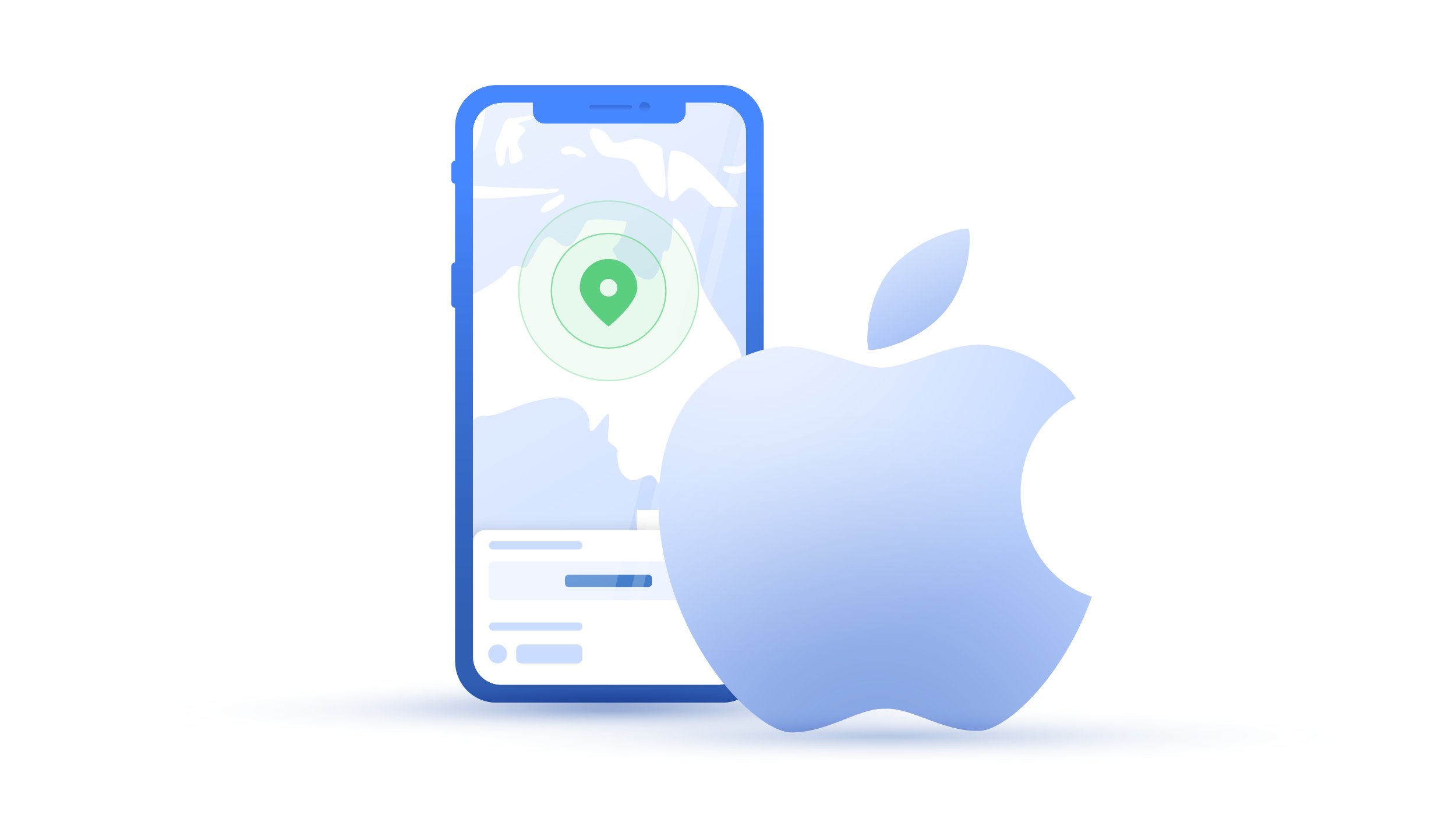What is jailbreaking?
Jailbreaking your iPhone unlocks the OS of your device and frees apps from Apple-imposed limitations. This means that you can change fundamental features of the system and, instead of relying only on the App Store, download apps from any website.
Jailbreaking became widely available in 2007, when the first iPhone was released, and Apple has been fighting against it ever since. Every time a new iOS version is introduced, hackers find security flaws and release a jailbreak.
While many people are completely happy with their default iPhones, some want to replace Safari with another browser, add extra icons to the homescreen, or install old games that are not available on the App Store.
Is jailbreaking safe?
Although legal in most countries, jailbreaking still involves risks. Here’s why:
- Malware. Customized apps and games are great, but if you decide to download them from a random website, you’re likely to get malware on your phone. None of the apps outside of the store were screened or approved. Some of them may have failed Apple’s terms due to their technical settings or even for being malware.
- Crashes and stability issues. Even a small change to a vital setting can damage your phone. Various customizations can also slow down your phone or even drain your battery. Although there are plenty of performance management apps available for jailbroken iPhones, why expose it to that risk in the first place?
- Data breaches. In 2015, security pros at Palo Alto Software reported a major breach that resulted in the theft of more than 225,000 jailbreakers’ data. The affected users had downloaded an app called KeyRaider from Cydia, a special platform for jailbroken devices. That’s not to mention potential breaches of the data your new jailbroken apps might collect. Data breaches are growing more and more common.
- Being ditched by Apple or your carrier. Do you think you’re better off alone? When you jailbreak your phone, you void its warranty. Neither Apple nor your carrier will agree to fix any issues with a jailbroken phone. If anyone accepts it for a repair, it won’t be free.
Is jailbreaking legal?
Although it is likely to void your warranty, jailbreaking is legal in the United States and is likely to be legal in most countries (though it’s worth checking). That doesn’t mean it will always stay legal. The DMCA (Digital Millennium Copyright Act) in the US had at one point made the practice illegal, but this interpretation was overturned in court. You own the device and should have the right to change it as you see fit.
However, it is illegal to download paid apps for free or use your phone for criminal activities.
Why would you want to jailbreak your iPhone?
Many choose to jailbreak their iOS devices to modify the operating system. Some more tech-savvy users find that iOS is too restrictive for their needs and desire a flexible and customizable operating system.
Once the operating system has been modified, it allows a lot more personalization. Apple’s app verification process is long and strict. With a jailbroken phone, users could implement open-source software and install apps that would have been unavailable from the official store.
Should you jailbreak your iPhone?
If your priority is safety, then we advise you against jailbreaking. If you’ve already decided to jailbreak, we have a few tips for staying a bit more secure:
- Before you jailbreak, back up your iPhone’s data. If something goes wrong, this could help you restore it to its non-jailbroken state.
- Look out for malicious apps and tweaks.
- Be cautious about visiting untrustworthy websites from your phone.
- Change the root password as soon as you jailbreak your phone. Every iPhone has the same default password, and jailbreaking makes your device vulnerable to hacks.
Want to read more like this?
Get the latest news and tips from NordVPN.



